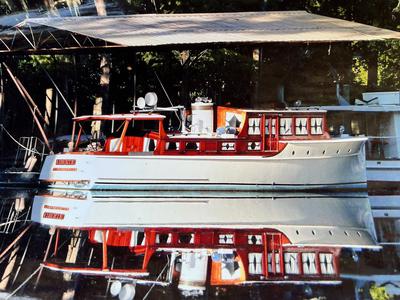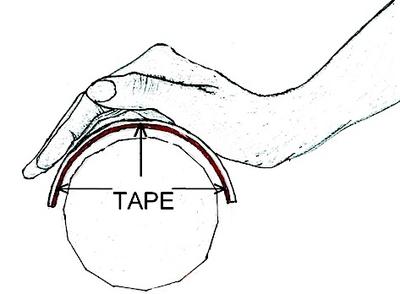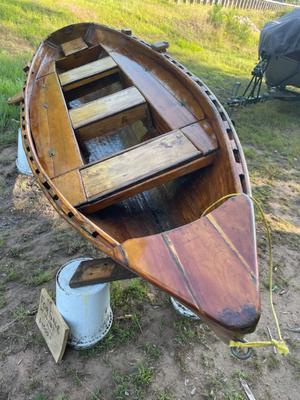My first build ( Freedom )
(Colombia (south America))
Hi there guys,
I've been at sea and in freshwater fishing, and the least I can say is that the sense of freedom you get when you are on a boat are indescribable.
I was browsing the web for an option to build one little boat both for rowing or outboard, and still small enough to put it on top of my car, and I came across these boats:
www.comohacer.info/como-hacer-una-lancha-de-gran-velocidad-en-madera/
www.comohacer.info/como-hacer-un-bote-de-remo/
Unfortunately, they are both in Spanish, because there is a lot more information on boats in Spanish but for those who understand the plans that won't be a problem.
On the first boat which is very much like a punt, I have a couple of questions:
1- Is it possible to build it with a seat by placing a support for the plank between frame ribs number 2 and 3 on each side?
2- Given that my choice for wood is plywood how can I make it 10 ft long given that the regular size for plywood is only approximately 8 ft long? I mean how would you overlap the 6 mm by 17 cm wide pieces to make up for the missing 2 ft?
3- If it isn't possible to build it 10 ft long, can I reduce the size of the bridge maybe to fit 3 or 4 people in by adding a second seat?
Now for the second boat option, the questions are similar, because that one is 10 ft long and I would run into the same problem, because here in my country there aren't wood pieces that long.







